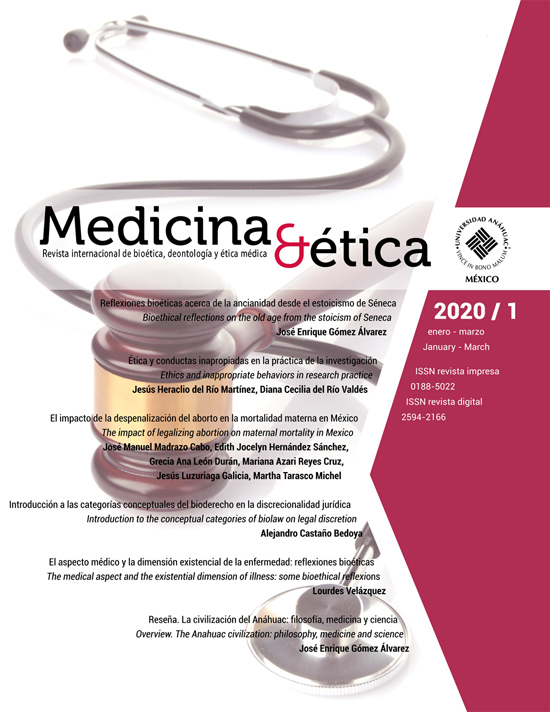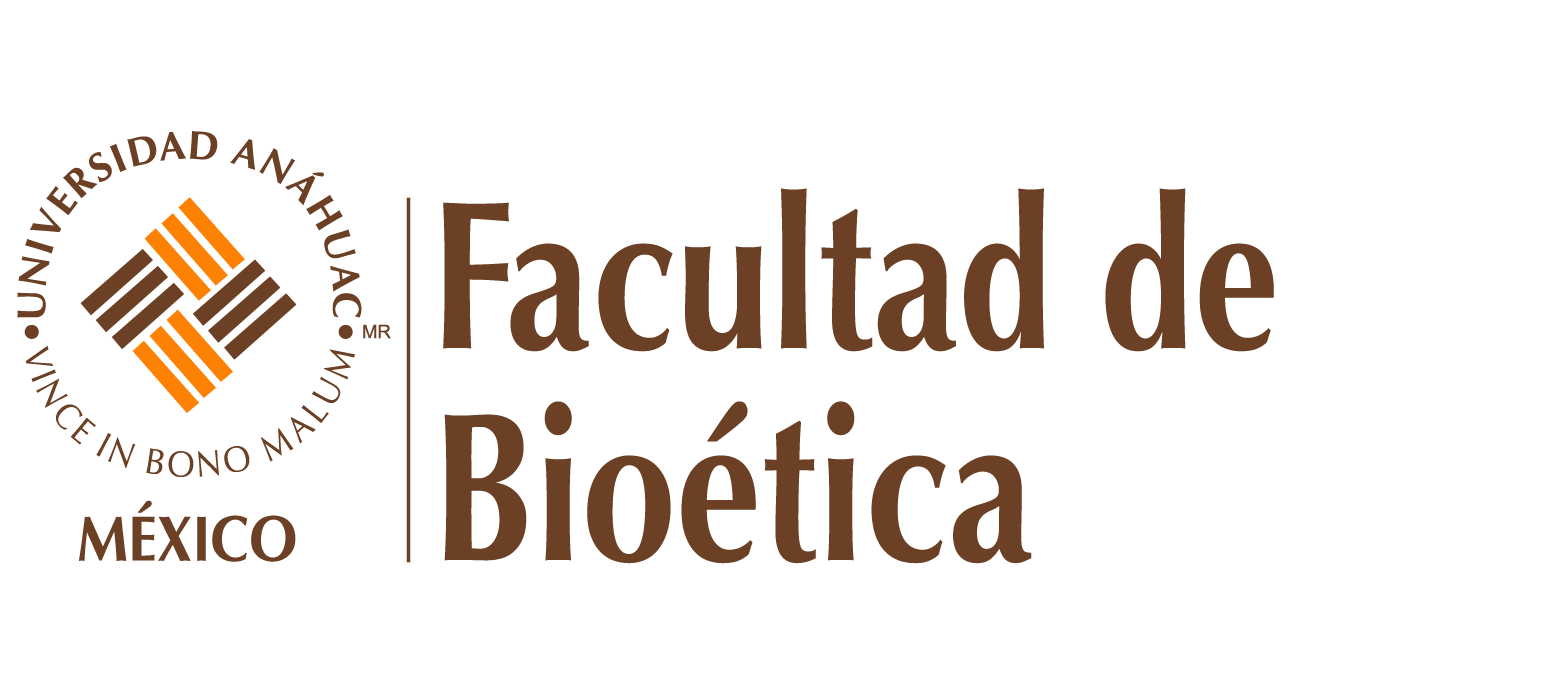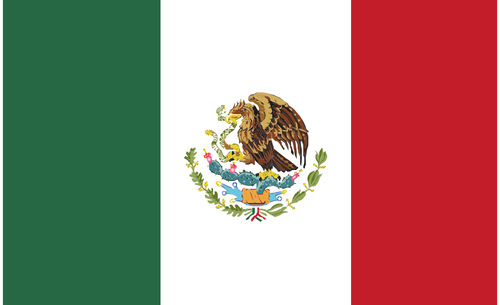Introducción a las categorías conceptuales del bioderecho en la discrecionalidad jurídica
DOI:
https://doi.org/10.36105/mye.2020v31n1.04Palabras clave:
bioderecho, hermenéutica, teoría de la argumentación, psicopatologíaResumen
La identificación de la denominada dispersión epistemológica en las decisiones en bioderecho se evidencia en la incorporación crítica al materialismo, en particular, y a las nuevas formas de fisicalismo, ya que su base epistemológica se encuentra en un contexto mucho más amplio que la explicación unificadora de la relación mente-cerebro. De ahí que teorías de la argumentación adoptadas por autores como Wroblesky, Aarnio y Alexy identifican una doble exigencia en la justificación: por un lado, la llamada justificación interna, regulada por la lógica a la hora de conectar las premisas o conectar los enunciados que forman parte del razonamiento judicial y, por el otro, la justificación externa, focalizada en los argumentos o razones utilizadas para justificar aquellas premisas o enunciados. El bioderecho implica reconocer que se plantea una crítica al materialismo y al fisicalismo, camino que ya la psicopatología recorrió para entender fenómenos como la intencionalidad, la interpretación de conductas humanas y los supuestos interpretativos de la arquitectura de la decisión jurídica.
El estudioso del bioderecho debe identificar esos supuestos, muchas veces irreflexivos; ello implica dar razones acerca de la relación mente-cuerpo subyacente; de los elementos que componen la acción humana jurídicamente relevante; la configuración de los bienes humanos básicos involucrados en la litis en el bioderecho; elementos todos estos que hacen necesario repensar el estatuto cognoscitivo del derecho, en general, y del bioderecho, en particular.
Descargas
Referencias
https://doi.org/10.24850/j-tyca-2018-01-01
(2) RAMOS-KURI, M. Análisis crítico a la sentencia de la Corte Interamericana de Derechos Humanos en el fallo sobre fertilización in vitro. Querétaro, Centro de Investigación Social Avanzada A. C. 2016. Consultado el 28 de noviembre de 2017 en: http://cisav.mx/wp-ntent/uploads/2017/04/Costa-Rica-Artavia_Murillo_Vs_Costa_Rica-FINAL.pdf; https://doi.org/10.32719/26312484.2019.31.9
(3) Sentencia T-070/1.
(4) BELLOCH, A. Manual de Psicopatología. McGraw-Hill, Madrid, 1995.
(5) ZUBIRI, X. Naturaleza, Historia y Dios. Ed. Nacional, Madrid, 1979.
(6) POPPER, K. El yo y su cerebro. Labor, Barcelona, 1993.
(7) LLINÁS, R. El cerebro y el mito del yo. Norma, Bogotá, 2002.
(8) CHURCHLAND, P.S. LLINÁS, R. Introducción al continum mente-cerebro. Universidad del Rosario y U. Nacional, Bogotá, 2006.
(9) SUCAR, G. Concepciones del derecho y la verdad jurídica. Marcial Pons, Madrid, Barcelona, Buenos Aires, 2008.
(10) MASSINI, C.I. Filosofía del Derecho. Lexis-Nexis, Buenos Aires, 1994.
(11) SAHUÍ, A., MALDONADO, A. John Rawls del consenso entrecruzado al equilibrio reflexivo. Algunas consideraciones acerca del uso público de la razón. Signos filosóficos. 2005; 6: 211-240.
(12) CASTAÑO, A. Los referentes de la justicia: Razonabilidad y bien. Un debate entre el constructivismo de J. Rawls y el nuevo derecho natural. Civilizar. 2013; 50-73. https://doi.org/10.22518/16578953.113
(13) BROCANO, F. El control racional de la conducta. Trotta, Madrid, 1995.
(14) KAUFMANN, A. Filosofía del Derecho. Universidad Externado, Bogotá, 1999.
(15) GADAMER, G. Verdad y método. Sígueme, Madrid, 1986.
Descargas
Publicado
Número
Sección
Licencia
Derechos de autor 2019 Alejandro Castaño Bedoya

Esta obra está bajo una licencia internacional Creative Commons Atribución-NoComercial-CompartirIgual 4.0.
Medicina y Ética se distribuye bajo Licencia Creative Commons Atribución-NoComercial-CompartirIgual 4.0 Internacional.
El autor conserva los derechos patrimoniales sin restricciones y garantiza a la revista el derecho de ser la primera publicación del trabajo. El autor es libre de depositar la versión publicada en cualquier otro medio, como un repositorio institucional o en su propio sitio web.



























